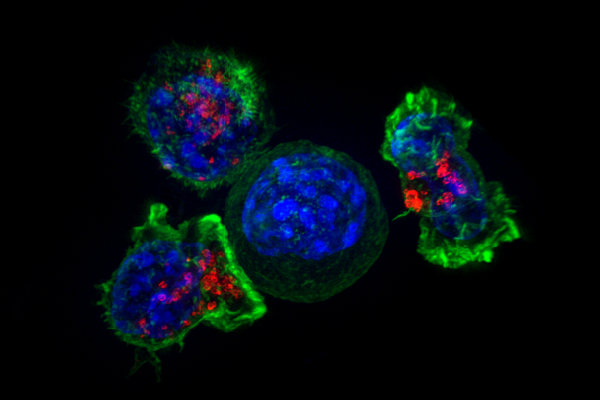Portable 'electronic nose' can accurately pick up esophageal cancer precursor

A portable 'electronic nose' can accurately pick up the precursor condition to food pipe (oesophageal) cancer, known as Barrett's oesophagus, indicates a proof of principle study, published online in the journalGut.
This inexpensive and non-invasive technique may be a promising test for diagnosingoesophageal cancerinprimary care, say the researchers.
The number of new cases of this cancer has risen sixfold over the past few decades, with most cases being diagnosed when the disease is already advanced and difficult to treat.
Barrett's oesophagus, a condition in whichhealthy cellslining thefood pipeare replaced byabnormal cells, is a known precursor to the disease.
It can be diagnosed using a long flexible tube with a camera on the end (endoscope). But the procedure is expensive and unpleasant for patients, making it unsuitable for population screening.
So scientists have been exploring other less invasive and cheaper options, including analysis of volatile organic compounds, or VOCs for short.
VOCs are gaseous compounds produced bymetabolic processesin the body, including inflammation and abnormal cellular activity, which can be detected in a person's breath.
The researchers wanted to see how effective and accurate a portable 'electronic nose' device would be for picking up Barrett's oesophagus.
Some 402 adults scheduled for endoscopy breathed into a highly sensitive electronic nose, designed to detect subtle differences in VOC patterns, for 5 minutes.
Of this group, 129 patients had Barrett's oesophagus; 141 had acid reflux disease, including 50 who had an inflamed oesophagus as a result; and 132 had a normal oesophagus or hiatus hernia that accounted for their symptoms.
Analysis of the VOC profiles detected by the electronic nose showed that these differed significantly among patients with Barrett's oesophagus, acid reflux, and those with a normal oesophagus/hernia.
The sensitivity of the device was 91%—in other words, its ability to pick up Barrett's oesophagus—and its specificity was 74%—in other words, its ability to detect those without the condition.
When the analysis was further restricted to patients who had been taking drugs (proton pump inhibitors) to curb stomach acid production for at least a month or those with a hiatus hernia, both of which are likely to muddy the diagnostic waters, its accuracy was still good.
"The findings of our study provide evidence that patients with [Barrett's oesophagus] have VOC breath prints different from those without," they write.
While it's still not clear exactly how breath VOCs indicate cancerous cell changes, the sensitivity and specificity of VOC breath testing for Barrett's oesophagus is comparable to that of breast cancer and bowel cancer screening, they explain.
化学分析技术对VOC分析哈ve also been used, and are very effective, but they are also expensive. What's more, they are time consuming and require highly skilled staff to operate them and analyse the results, point out the researchers.
Further research will be required to validate these findings in a much larger study, they emphasise. But they conclude: "Given the high tolerability, high acceptability and low costs, breath testing may be a promising approach to be used for non-invasive screening for [Barrett's oesophagus] in a primary care setting."













